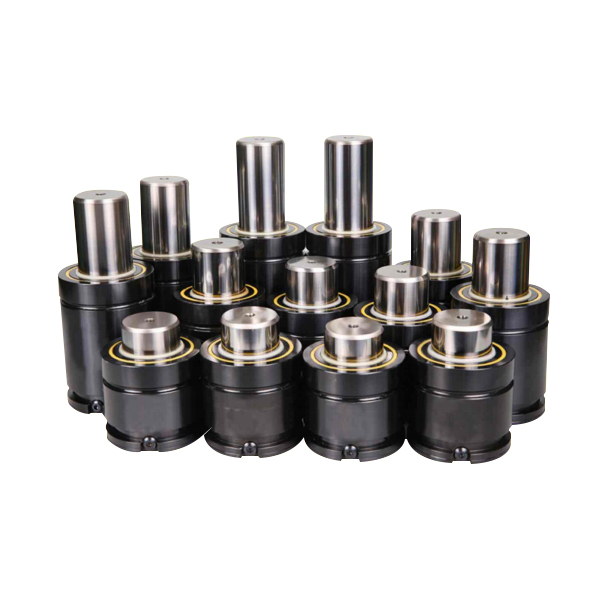Aspects of Automotive Sensing Precision Machining
2024-01-29
Precision machining in the context of automotive sensing typically involves the manufacturing of components that are integral to sensing and measurement systems within vehicles. These components play a crucial role in the functionality of various automotive sensors, such as those used for position sensing, proximity sensing, speed sensing, and other applications. Precision machining ensures that these components meet strict tolerances and specifications to maintain the accuracy and reliability of automotive sensing systems. Here's an overview of the key aspects of precision machining in automotive sensing:
1. Component Design:
- Begin with a detailed design of the sensing components using Computer-Aided Design (CAD) software. Consider the specific requirements of the sensor system and the tolerances needed for accurate measurements.
2. Material Selection:
- Choose materials suitable for the application, taking into account factors such as durability, thermal stability, and compatibility with the sensing environment.
3. Tolerances and Specifications:
- Define and adhere to precise tolerances and specifications required for the sensor components. This is critical for ensuring that the components function accurately within the sensing system.
4. CNC Programming:
- Create a CNC (Computer Numerical Control) program using Computer-Aided Manufacturing (CAM) software. CNC machining allows for automated and highly precise control of the machining process.
5. Tool Selection:
- Select cutting tools based on the material being machined and the complexity of the component. Carbide or high-speed steel tools may be used depending on the application.
6. Machining Process:
- Set up the CNC machining center to produce the sensor components. The machining process may include milling, turning, drilling, or other operations depending on the component's design.
7. Coolant and Lubrication:
- Use cutting fluids or coolants to dissipate heat generated during machining. This is essential for maintaining the integrity of the material and preventing thermal distortion.
8. Quality Control:
- Implement stringent quality control measures throughout the machining process. Use precision measuring tools such as coordinate measuring machines (CMM) to verify that the machined components meet specified tolerances.
9. Surface Finish:
- Achieve the required surface finish for the sensor components. Depending on the application, a smooth surface may be necessary for optimal sensor performance.
10. Cleaning and Inspection:
- Thoroughly clean the machined components to remove any contaminants or debris. Inspect each component for defects, and conduct functional tests if applicable.
11. Assembly Compatibility:
- Ensure that the machined components are designed and manufactured to be compatible with the assembly process of the overall sensing system within the automotive context.
12. Documentation:
- Maintain detailed documentation of the machining process, including specifications, tolerances, inspection results, and any adjustments made during production. This documentation is crucial for traceability and quality assurance.
Precision machining in automotive sensing is vital for the production of reliable and accurate sensor components, contributing to the overall performance and safety of modern vehicles. Advanced machining technologies and quality control processes are essential in meeting the demanding requirements of the automotive industry.



